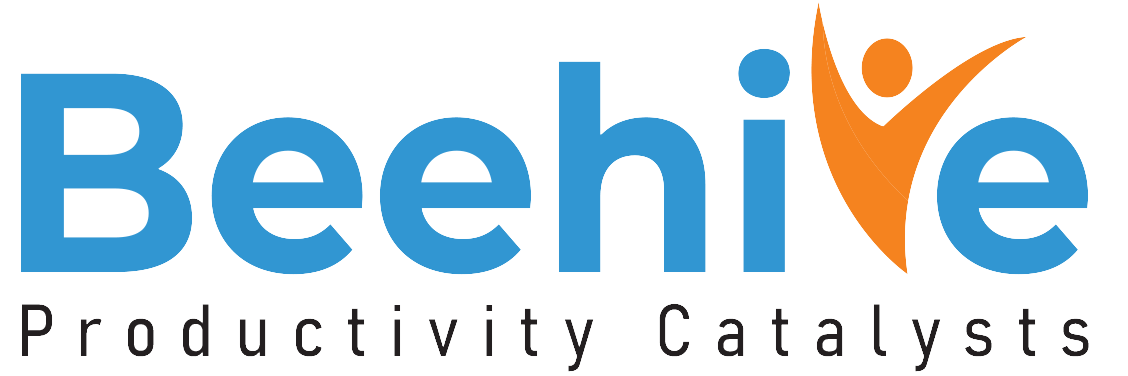If you’ve ever tried juggling five apps to complete one simple HR task, you know what “digital fatigue” feels like. One platform for attendance, another for payroll, a third for performance, and a fourth for employee engagement — each demanding a different password and format. For HR leaders, this patchwork of standalone tools used to feel like progress. In reality, it’s a digital maze.
But the tide is turning. Recent research shows that 62% of HR leaders now prefer unified HR platforms over scattered systems. Why? Because integration is no longer a luxury; it’s the foundation of digital HR transformation.
In this article, we’ll explore why integration matters, what the numbers reveal, and how Beehive HRMS is helping businesses simplify complexity.
Recent research says that organizations using analytics are far more likely to achieve better business outcomes. CIPD notes that people analytics allow you to “make evidence-based decisions about your people” rather than guess. CIPD+1 And a 2023–2024 study by HR .com found that companies with mature analytics are outperforming those without. HR.com
For HR leaders, this means the shift from “we think” to “we know.” In this blog, we’ll explore why data-driven HR matters, how it works in practice, what the challenges are and how we are making a mark.
The rise (and fall) of fragmented HR Tech
Rewind five years, and every HR challenge seemed to have its own software solution. Need recruitment automation? There’s a tool. Need engagement analytics? Another tool. Need payroll compliance? Yet another tool.
Each product solved a specific problem but collectively, they created a new one: disconnection.
Data sat in silos. Teams worked in parallel universes. Employee experiences felt inconsistent across touchpoints.
According to a 2024 Gartner report, HR leaders spend up to 25% of their time reconciling data across different systems — time that could be spent designing strategy or improving culture. It’s no surprise that organizations are rethinking their HR tech stacks and shifting toward unified ecosystems.
Why integration is the new HR superpower
Do more than just about connecting systems. Integration is about creating a single source of truth for your people, processes, and performance.
Here’s why integration has become HR’s new superpower:
- Data accuracy: No duplication, no mismatched records.
- Faster decision-making: Real-time dashboards built from one data pool.
- Employee experience consistency: Every interaction feels seamless, whether an employee checks leave balance or requests feedback.
- Cost efficiency: Fewer tools mean lower maintenance and training costs.
- Scalability: Add modules as you grow, without starting over.
In essence, integration brings order to the chaos of digital HR.
Research: What HR leaders are saying in 2025
A 2025 survey by PwC revealed that 62% of HR leaders globally prefer integrated HR platforms to standalone systems, citing efficiency, data accuracy, and user experience as key motivators. (PwC HR Tech Survey 2025)
Another study by Josh Bersin highlights that fragmented HR systems reduce productivity by up to 27%, as employees waste time toggling between tools. The same report notes that HR integration improves employee experience scores by 34% — a metric directly tied to retention.
In India too, companies are realizing the shift. Startups and enterprises alike are adopting unified HRMS solutions that combine everything from onboarding to payroll in one cohesive system.
The message is clear: integration is a business imperative.
How unified HR platforms transform workflows
To understand the power of integration, picture this:
An employee joins your company. Their data flows automatically from recruitment to onboarding to payroll. Their goals align within the performance management system, and their learning path syncs with real-time feedback from managers.
No manual uploads. No duplicate entries. No “Can you share that file again?” emails.
That’s the beauty of an integrated HRMS, it unites people, systems, and insights.
Unified platforms bring transformation across five areas:
- Automation: Tasks like leave approval, reimbursement, or timesheet validation happen automatically.
- Transparency: Employees and managers have self-service access through ESS and MSS dashboards.
- Compliance: Regulatory updates propagate across payroll, contracts, and reporting in real time.
- Analytics: Decision-makers get one unified dashboard showing metrics like attrition, performance, and engagement.
- Scalability: Whether 100 or 10,000 employees, the system grows without breaking.
Integration ensures that HR isn’t juggling but orchestrating.
The real cost of fragmentation
Running HR on disconnected tools is like running a marathon with untied shoes. You can still move, but not efficiently. Fragmented systems create hidden costs:
- Lost hours: HR spends up to 10 days a month reconciling mismatched data.
- Poor insights: When data is spread across systems, reports are inconsistent.
- Employee frustration: Repetitive data entry and unclear processes lead to disengagement.
- Compliance risks: Manual handoffs increase the chances of payroll or tax errors.
These costs are invisible until they snowball into lost productivity, higher attrition, and compliance fines.
Beehive HRMS: One platform to do more with less efforts
At Beehive, integration is the architecture and not a mere add-on.
Beehive HRMS is built as a unified suite that covers every stage of the employee lifecycle, from recruitment to exit. Here’s how it delivers the integration HR leaders are asking for:
- Core HR & Payroll Integration: Attendance, leave, and payroll work in perfect sync, ensuring accuracy and compliance.
- Performance & Learning Linkage: Employees’ goals align with their training paths and skill frameworks.
- Engagement & Analytics Dashboards: Real-time feedback and pulse surveys feed directly into people analytics reports.
- Automation for ESS/MSS: Self-service tools let employees and managers handle requests independently, reducing HR’s administrative load.
- Compliance & Security: Regular statutory updates and role-based access keep the system compliant and secure.
- Scalable Cloud Deployment: Accessible anytime, anywhere, with enterprise-grade uptime and data protection.
This integration transforms HR from being reactive to predictive. Beehive HRMS connects people to purpose.
Building the future of connected HR
The modern HR function is about designing experiences, enabling productivity, and driving business growth. None of that happens in isolation. Integration is what turns HR from a collection of tools into a strategic powerhouse.
Unified HRMS platforms like Beehive give organizations the ability to operate with precision, agility, and empathy. As we move deeper into 2025, the winners will be those who invest not in more tools, but in smarter, connected systems. Because in HR, as in life, connection beats collection.





